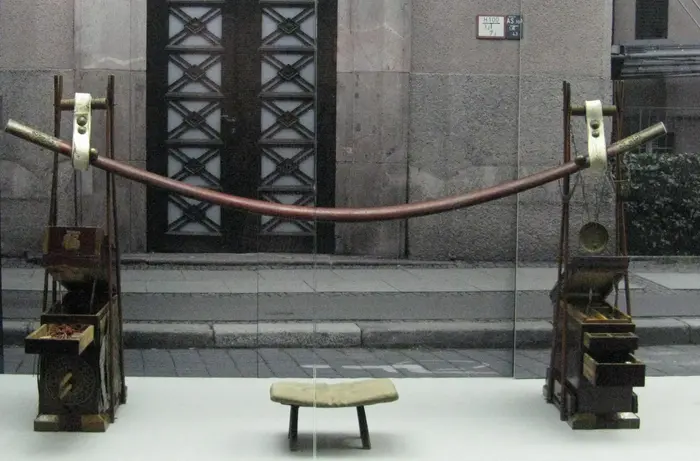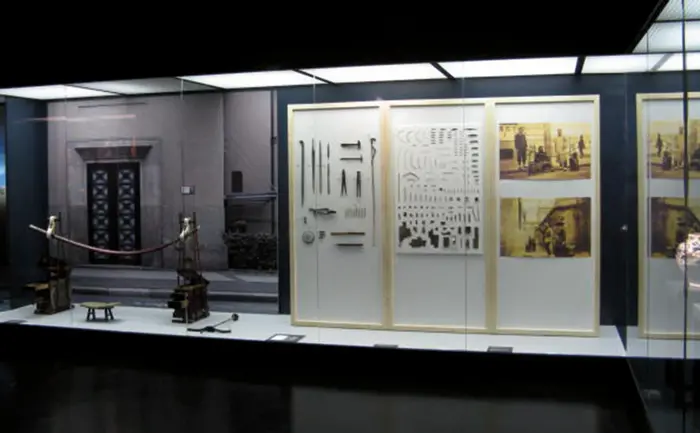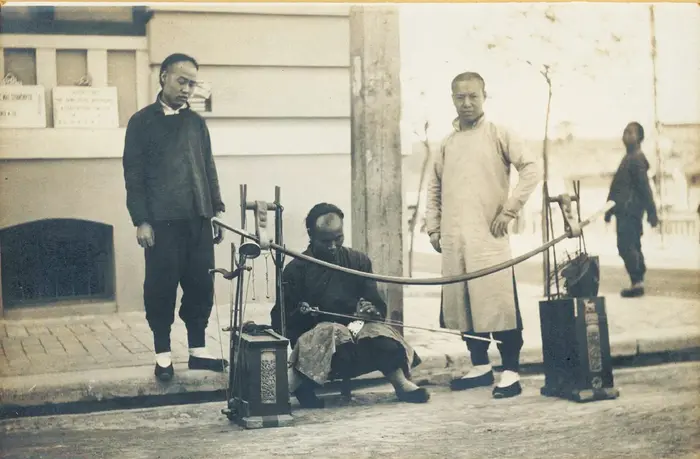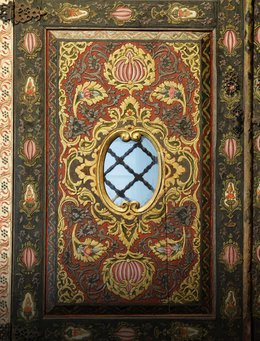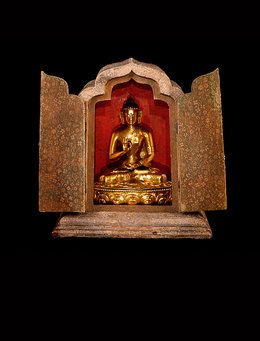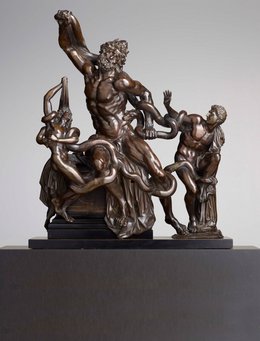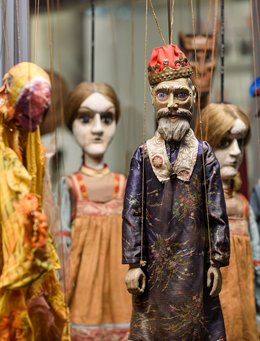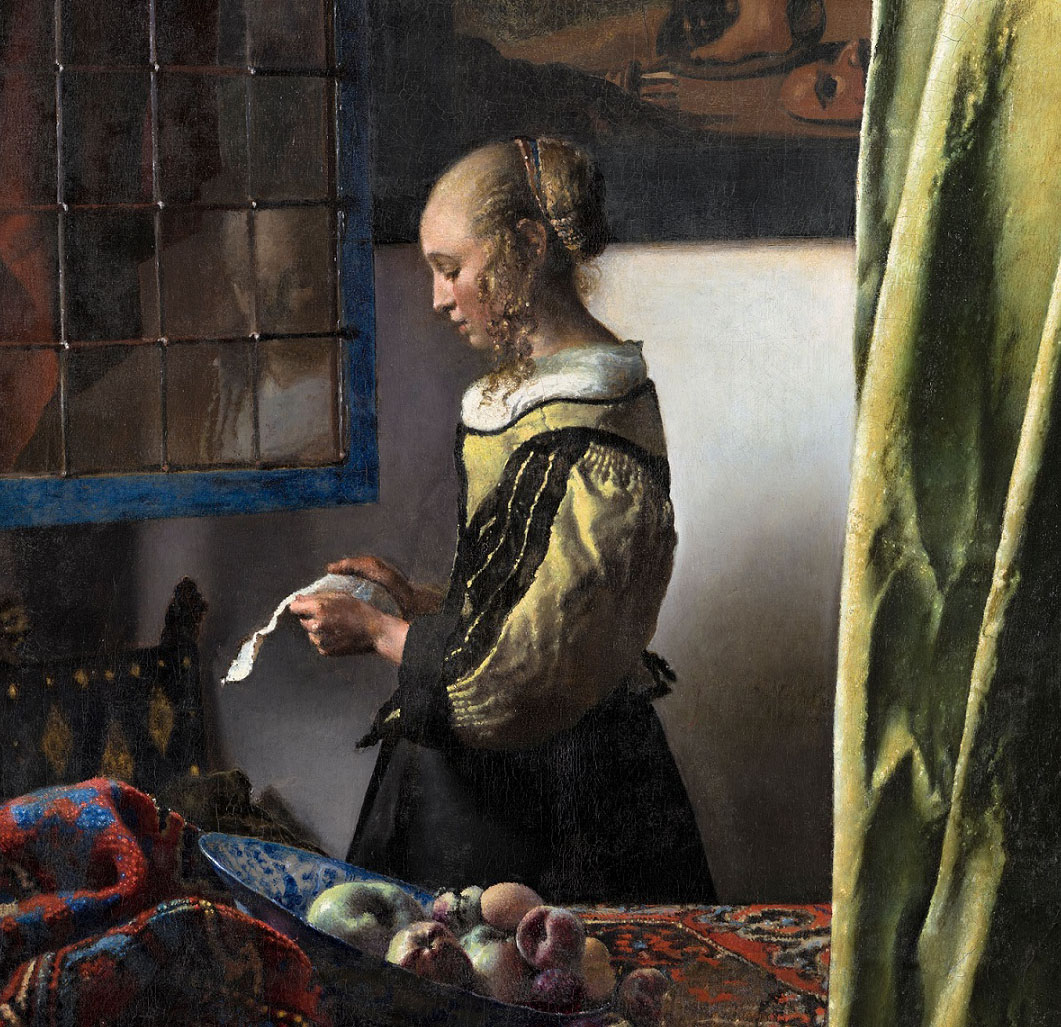
Spurenlese II: Re-pair & Re-use
Our exhibition series presents current research projects in various places around the exhibitions at GRASSI Museum für Völkerkunden zu Leipzig. By exploring materials and dealing with respective production techniques we can generate traces that tell us new stories about the objects.
- Exhibition Site GRASSI Museum Leipzig
- Dates 15/09/2017—27/05/2018
Video
When you play our YouTube or Vimeo videos, information about your use of YouTube or Vimeo is transmitted to the US operator and may be stored. In addition, external media such as videos or fonts are loaded and stored in your browser.

Spurenlese II: Re-pair & Re-use
"Re-pair & Re-use" focusses on the reparation skills of Chinese porcelain kitters. In a wholly restored workshop from Beijing around 1912, tools, materials and good instances of this spectacular handicraft are showcased. Back in the days, you would bring broken or damaged household objects to a kitter. As early as 1666, Jesuit missionary Martinus Martinius described the challenging way kitters drill minuscule holes into inherently fragile porcelain in order to mend them metal rivets so that even hot liquids are kept inside. Being able to reuse the damaged object was the primary aim. Today, restorers try to keep this technique alive.
